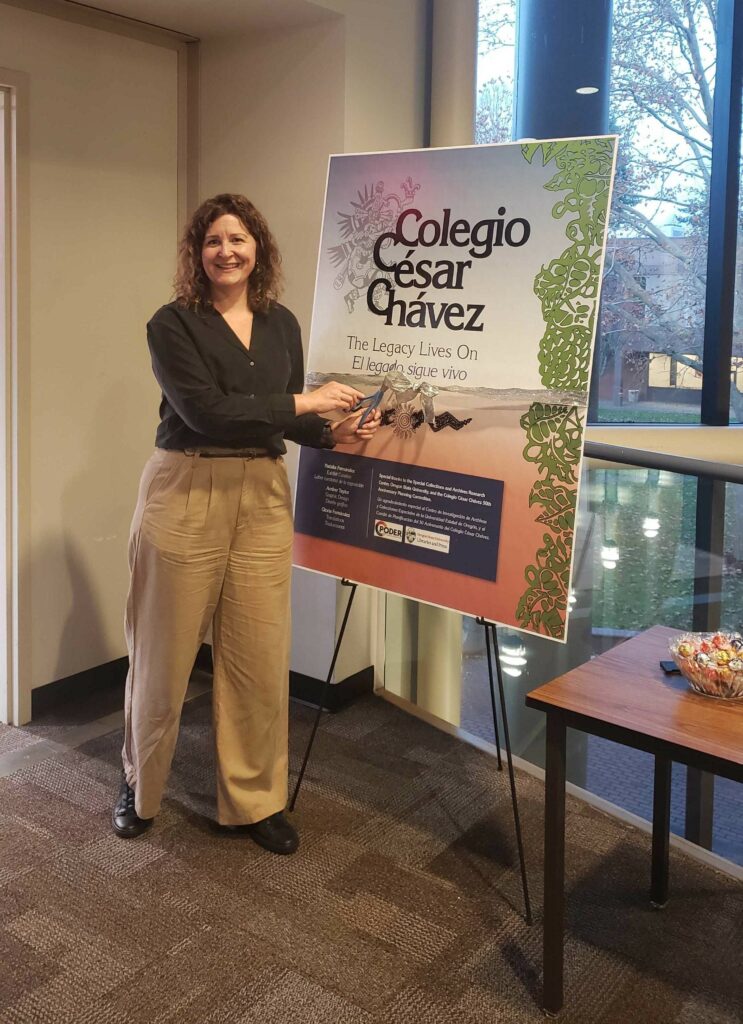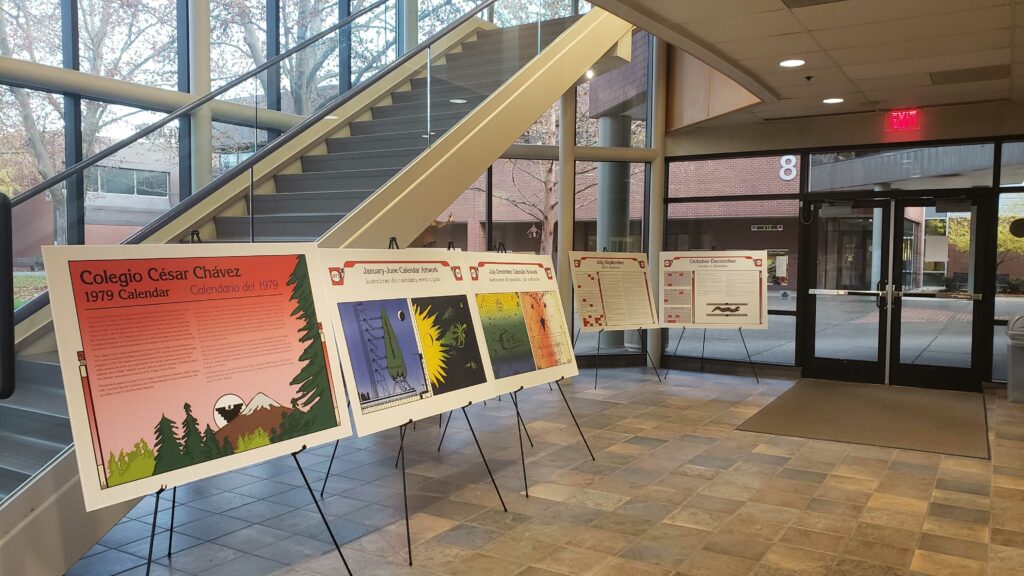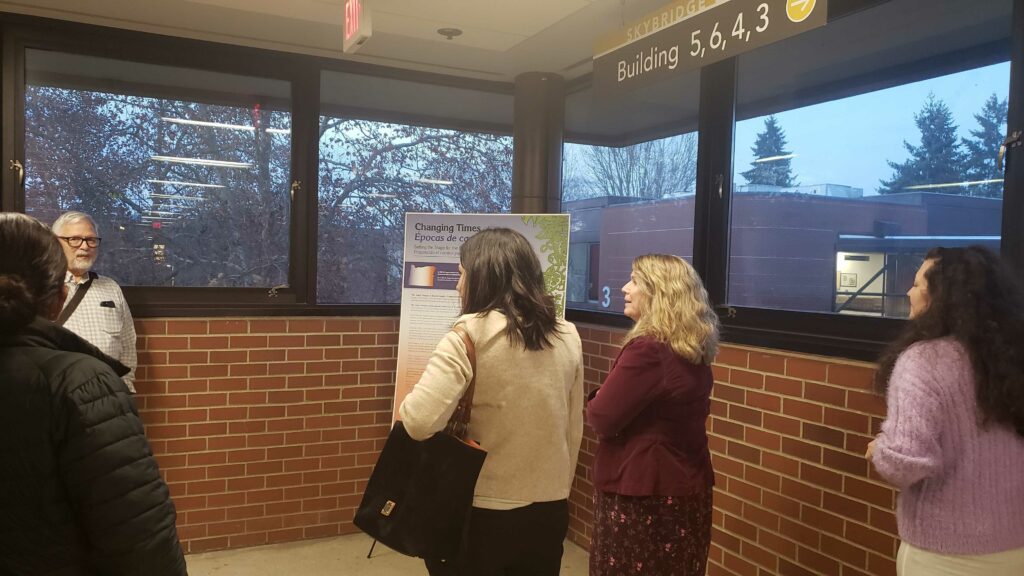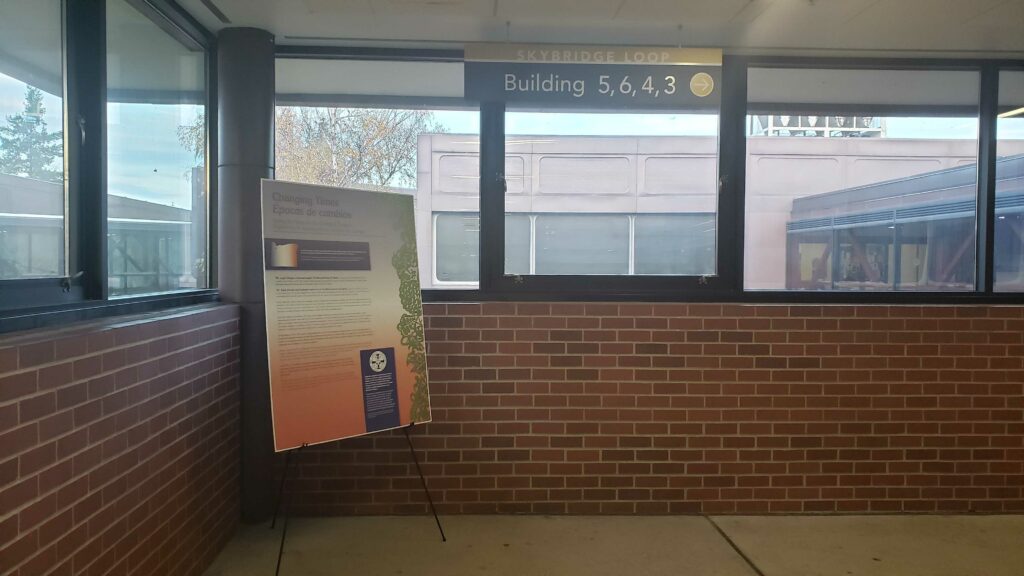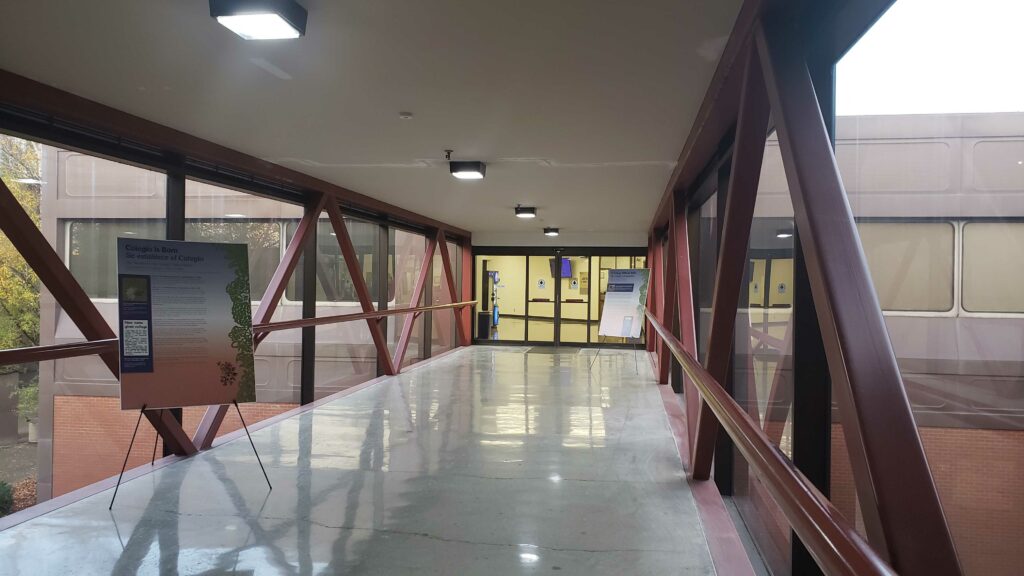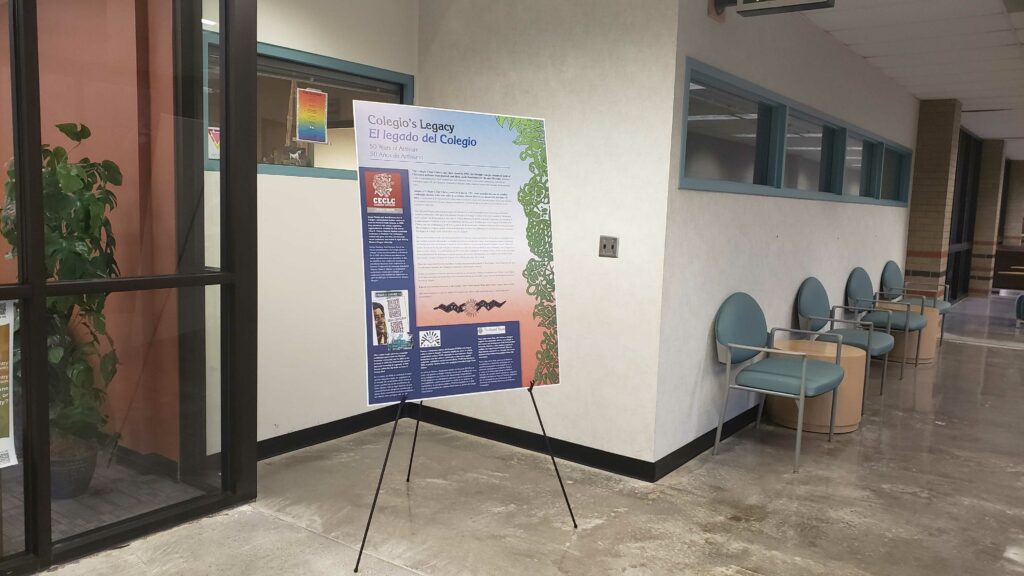Contributed by aman agah, 3rd year Ph.D. student in Women, Gender, and Sexuality Studies
In Summer 2023, Rare Books Librarian Anne Bahde began a project to construct a shared collection in HathiTrust. This library will include all pre-1927 rare books in SCARC’s collections that have been digitized in HathiTrust. The result will be full-text searchability for those volumes, enabling users to search our collections broadly over centuries. aman was hired to build the collection in HathiTrust, searching titles and adding matches to the library. The finished project will be available in 2024.

I love data entry. It’s calming. It satisfies the part of my brain that really appreciates a clear end to a task. Working on the special collections Hathi Trust project with Anne Bahde over the summer of 2023 was an opportunity to enter some data while also thinking critically and creatively about access to archives and information. What seemed initially to be a very straightforward and simple task, was at times lengthy and required more attention to detail than I had anticipated (this is not a complaint, this is an observation). This wasn’t just copy/paste data entry, though most of my searches did start out that way. This was tweak the pasted information, with maybe another re-tweak, and perhaps another after that, then locate and enter the correct data.
Perhaps a rewind is in order–this project entailed searching Hathi Trust for publications, publications which OSU has, from the 18th, 19th, and 20th centuries. If the publication was present, I added it to a collection I had created within Hathi Trust–this collection would ultimately be made available to Oregon State University students, faculty, patrons, etc. One of, if not the primary, purpose of this project was to make these texts accessible via Hathi Trust, because their platform allows for in-text searches. In-text searches. In-text. Searches. Do you understand how critical it is to be able to search within the text? How is that not even a thing in all digital collections? What was the point of making collections digital if we wouldn’t search within the text? If that wasn’t ever going to be a thing, I guess just send me back to the card catalog. Admittedly, I do love to hold a thing in my hand and walk down an aisle of books.
I worked from a spreadsheet of all the publications OSU has, divided into three sections based on century. In typical graduate student-meets ADHD-meets child of an immigrant-meets perfectionist style, I told myself I would complete the entire project of over 5000 entries in the roughly eight weeks ahead of me. I did not. I had not, despite over 40 years of experience, accounted for the meandering journeys my brain would take with nearly every title and author name. I would copy the title from my spreadsheet, and in the span of seconds from copying the title to navigating from the spreadsheet, I would find myself searching the author of the text, or maybe checking my email inbox which I could see from its little visible tab contained a new message, or maybe I decided to search the text itself on the internet to learn more about its topic and contents. At times my mind wandered into thinking about just how many books there are and have been and will be. When I was younger I wondered what it would be like to read every book ever written. I imagined I could speak and read every language, and sort of Burgess Meredith in Twilight Zone my way through all books ever with no interruption. Imagine. Imagine a world where we had the time to really truly delve into projects like this, to truly immerse ourselves. So…you know…that added time when it happened. And one of the fun things about working with my particular set of intersecting neurodivergences and learning disabilities is a combined tendency to forget paired with reversing letters and numbers. This happened just about every time I began a search. I would paste the copied title into Hathi Trust, but then have to return to the spreadsheet to confirm the author’s name and date of publication. It didn’t matter if the date before this search, and the date after, were the same. I still had to confirm. And confirm. And confirm again.
One of the things I began to quickly notice on the occasions that I managed to immediately navigate to Hathi Trust from the spreadsheet, was that Hathi Trust’s results were often challenging to navigate. Hathi Trust allows searches to be narrowed by author name, publication location, publication date, and some other areas. This is very convenient. What is not convenient, and frankly confusing, is that my search results would show, for example, a specific year, but then that year was not within the publication dates provided in the dropdown menu of Hathi Trust. Maybe my search results would show the name of the author of a text, but that same name was not within Hathi Trust’s narrowed down list. This then required me to amend my searches. Sometimes removing various punctuations within the title or reducing the search to a few words. I sometimes searched by author or publisher, then within decade, then year. Most of the time, these amendments to searches produced the desired result.
One of the other things that stood out to me was that most of the author names I was seeing were, presumably, men. Granted, some could be women using men’s names ala George Sands, but not always likely. And many of the few women whose texts were included, were credited as Mrs. So-and-so, placing emphasis on the surname of their husband. Some of the women were given the title of “lady” or “madame”, and frankly, I don’t know which of all three options I hate most. I also noticed that the majority of the names, and I am talking like in the high 90 percentile, were Western – US of European specific. I remember asking about this–and the problem seems to lie more within who is considered publishable, and also whose work is considered more important to archive. Who is the key word here for me – because it’s not just the who of this list I was working from, but also the who deciding the importance of various authors and texts and topics.
What I had not expected was how much working on this project would cause and even require me to reflect upon my own research. It began almost quietly, with a recognition that with author name and title, I wondered if and when anything related to Persia/ns or Iran/ians would appear. Upon realizing the likelihood to be low within these titles, I found myself reflecting upon the task itself, and the act of searching. How did I conduct my own research? And given that so much of my research focuses and relies upon Iranian feminisms, how could I learn from this project to better help me locate relevant texts? I had some prior experience searching OSU archives for information on Iranian students and searching for Farsi texts – both resulting in much less than I had hoped for, and even expected. And memory/remembering heavily inform my methods and methodology, so what does it mean to recognize that memory is something I struggle with? How does my poor memory impact my own research? Anne Bahde also said something that really struck me, that “different historical periods require different knowledges/skills.” It was not something I had actively considered or framed within this context. As someone with a background in media studies, and a lover of films in general, I understand the importance of analyses with a comprehension of the period within which something was produced. However, I had not taken the time to think about how this critical thinking should also be applied to researching – so when I am researching early Iranian cinema, for example, I have to hold a larger understanding of Iran (including political and social landscape, racial and gender dynamics, language, and so on) at the time of the nation’s early cinema. I would argue that understanding early cinema in general would also be helpful. As a lover of film, I have a deep appreciation for partaking in something that asks me to pause and reflect, to find meaning, to ask questions. And I can say that taking part in this project required all of this from me.
References
“Time Enough at Last.” The Twilight Zone, written by Rod Sterling and Lynne Venable, directed by John Brahm, Cayuga Productions, 1959.



